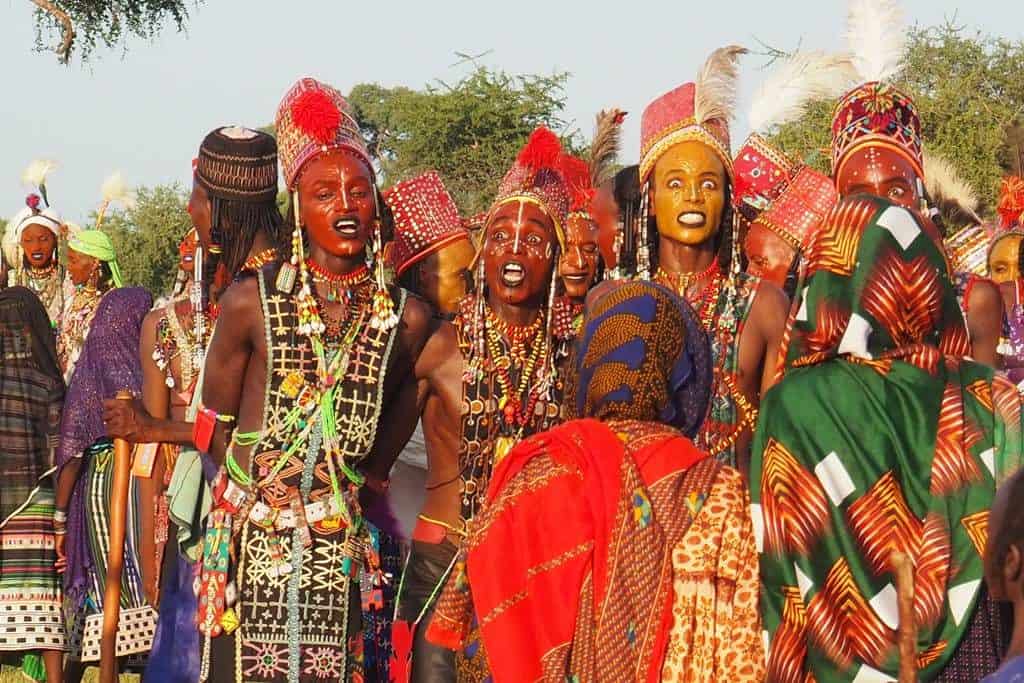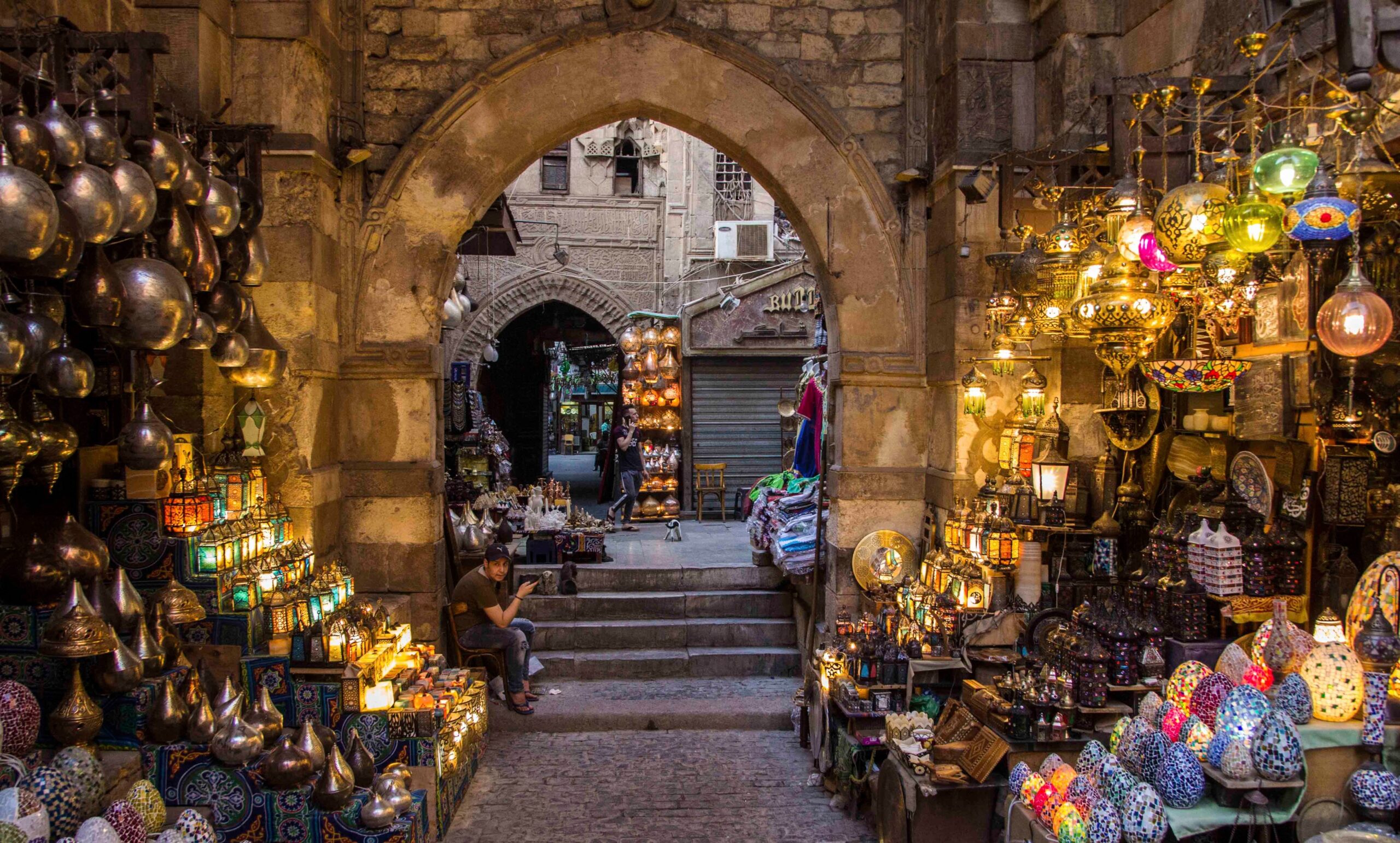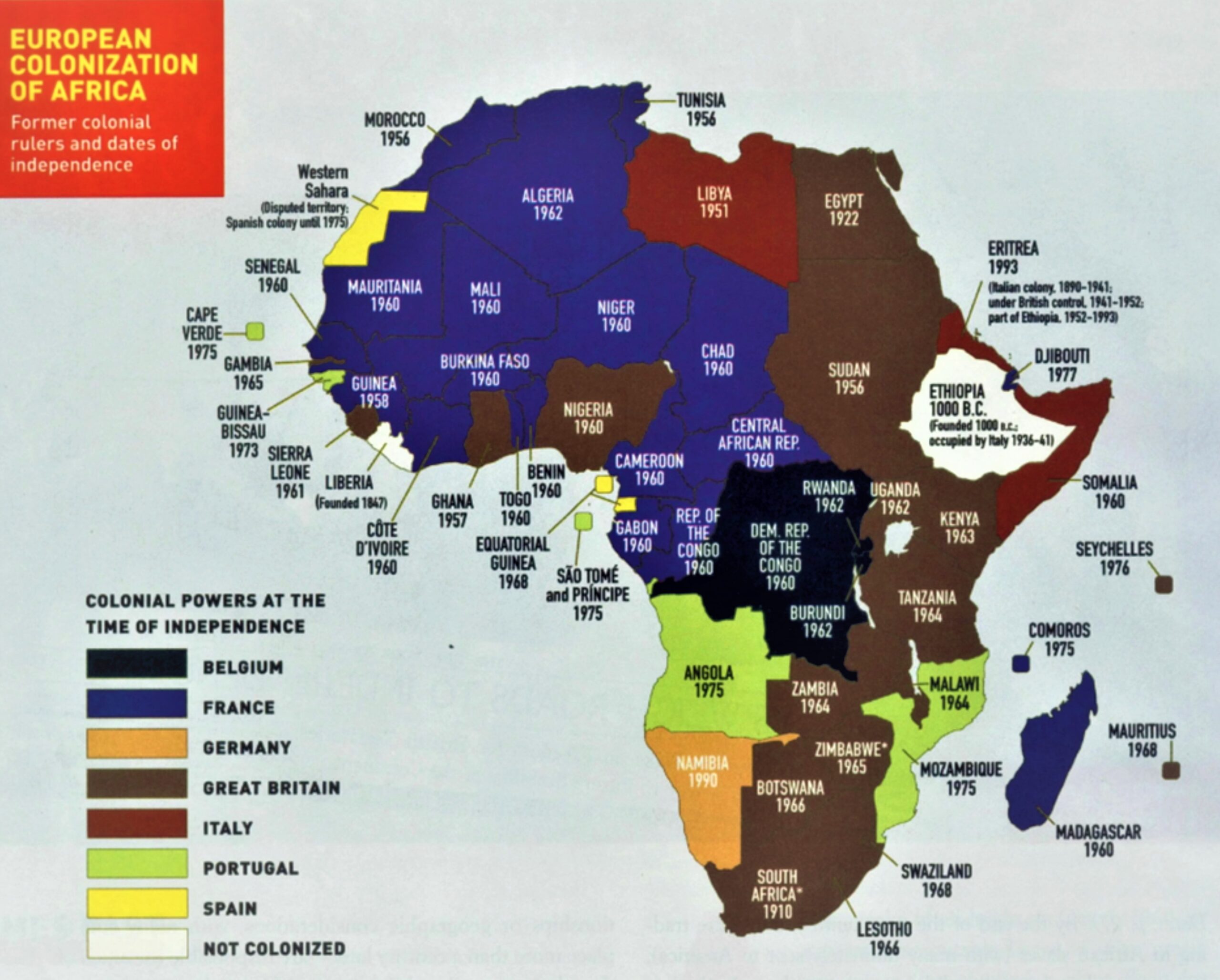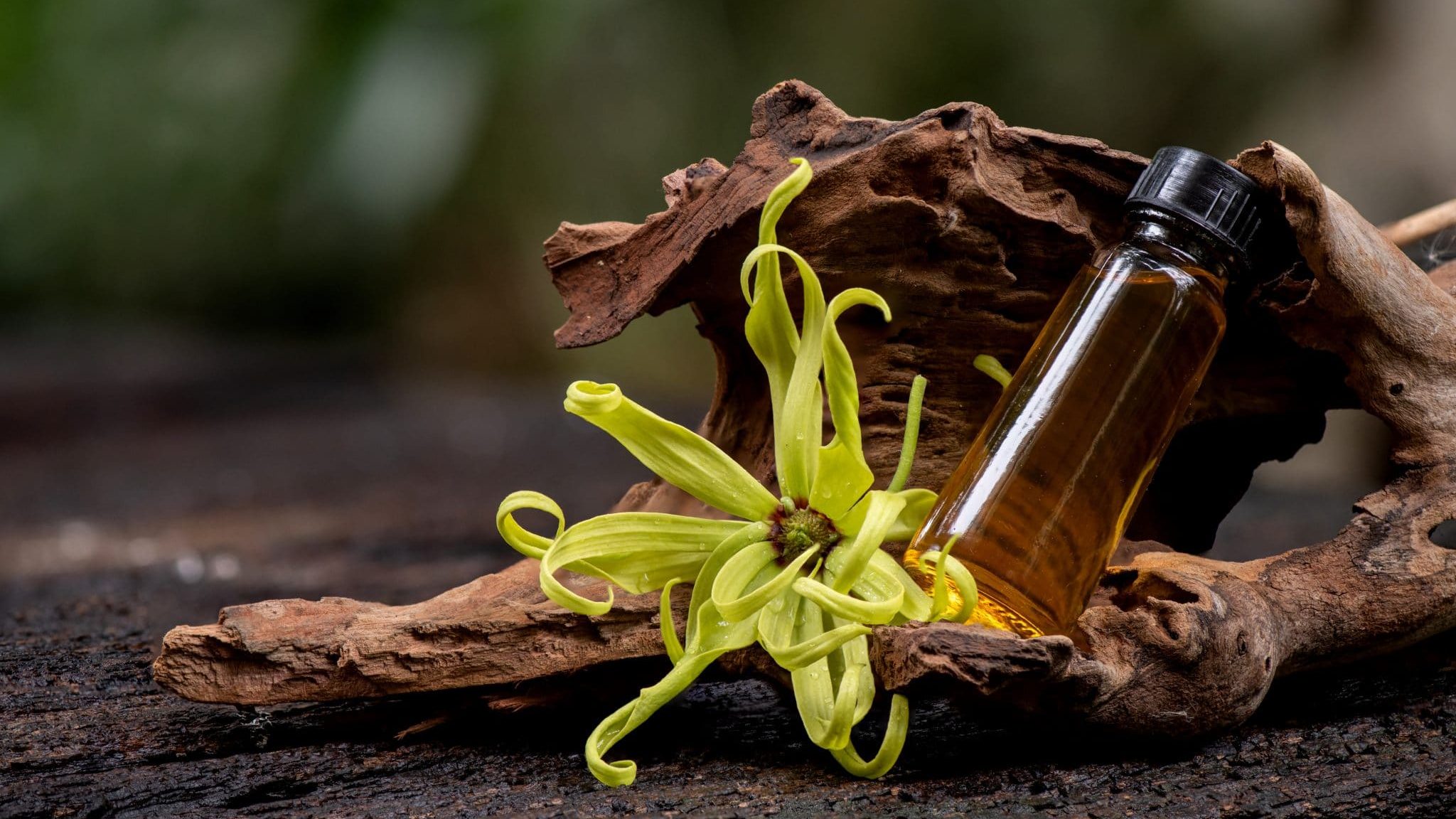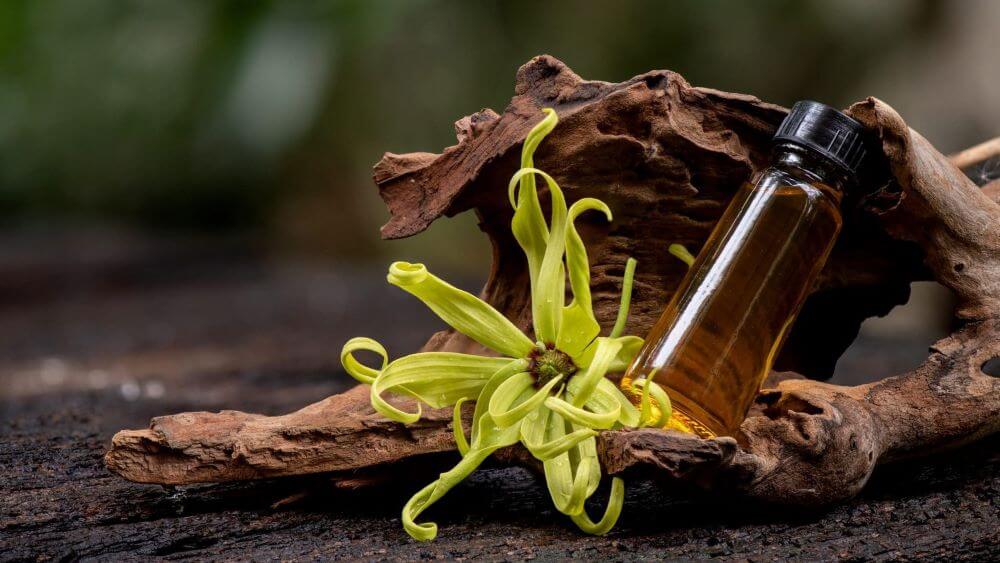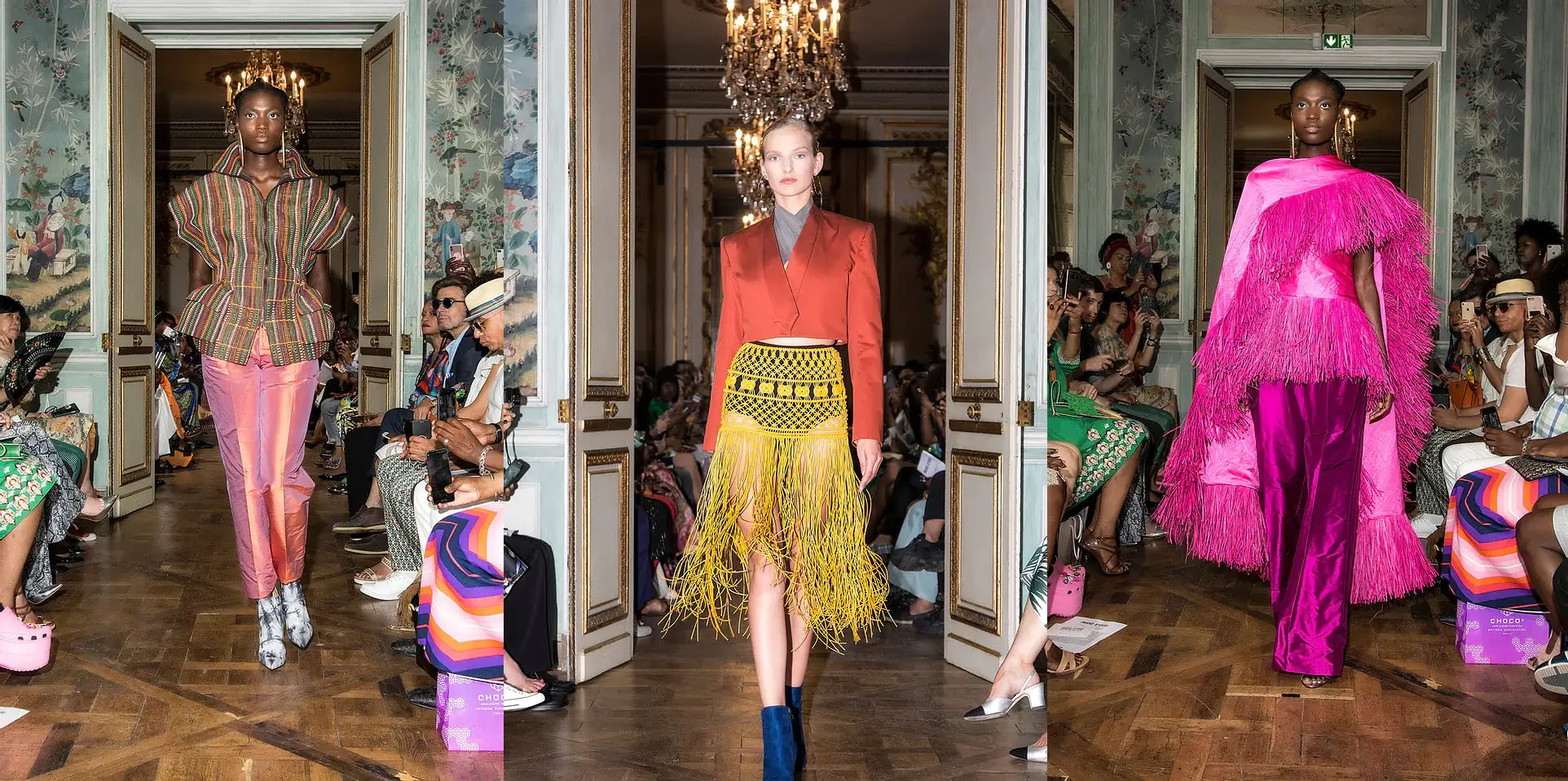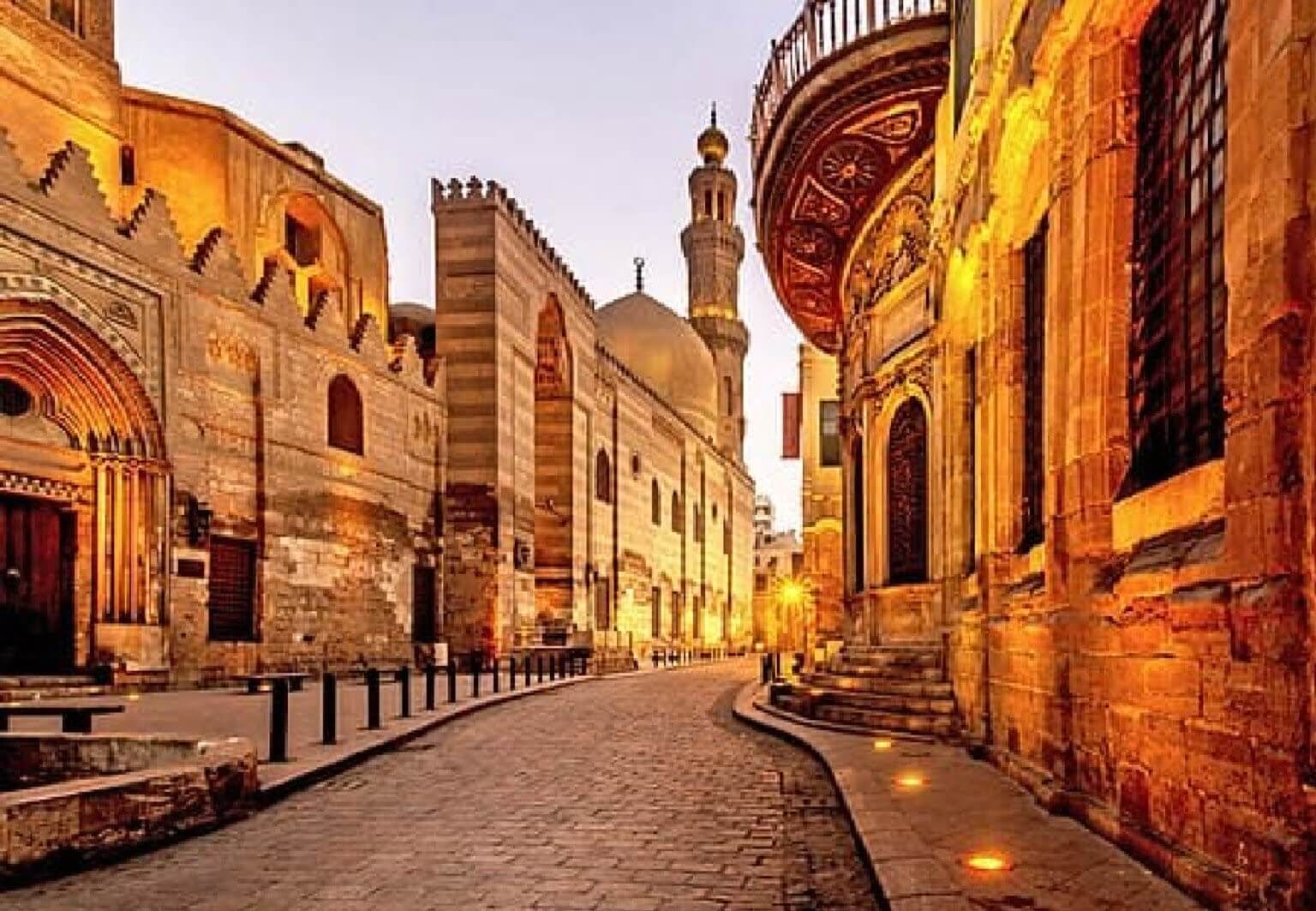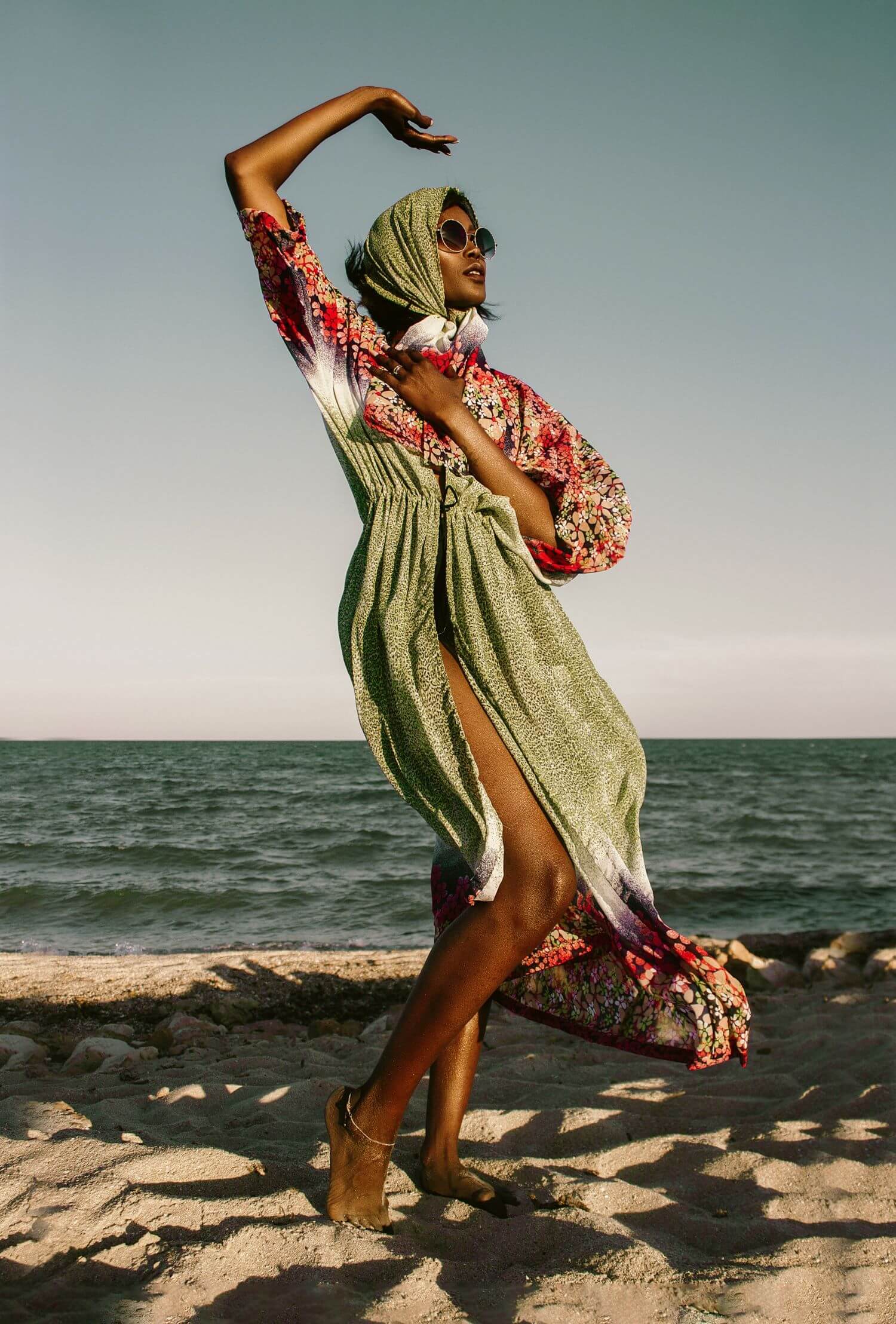Chad is a land rich in cultural heritage, especially evident in its music. Traditional instruments like the kinde, a type of bow harp; the kakaki, a long tin horn; and the hu hu, a stringed instrument that uses calabashes as loudspeakers, showcase the country’s love for music. The Tibesti region, in particular, has preserved the traditional music style known as sai from southern Chad.
Located in North Central Africa, Chad offers a unique cultural experience. The capital city, N’Djaména, situated at the confluence of the Chari and Logone Rivers, is a cosmopolitan hub offering diverse food and cultural experiences.

One of Chad’s most fascinating cultural events is the Gerewol festival, held in the Niger region southwest of Chad by the Wodaabe people, a semi-nomadic Fulani ethnic group. This festival takes place after the rainy season, around the last week of September or early October.
The Gerewol festival is the only occasion that brings the Wodaabe people together. These Sahelian nomads, hailing from northern Cameroon, Chad, Niger, and northeast Nigeria, gather for this unique event. Lineage groups perform traditional dances such as Gerewol, Worso, and Yakke throughout the short rainy season. Dozens of Wodaabe tribes convene, with young men donning elaborate costumes adorned with feathers and other striking features in an effort to woo prospective brides.

This ancient form of matchmaking and courtship is a grand spectacle. Men and women prepare meticulously for this mystic event, which has been a colorful, centuries-old tradition. Men put on makeup, dress up, and perform enigmatic dances in the hope of finding a new wife—or at the very least, enjoying a night of pleasure. It’s a beauty contest with a twist.
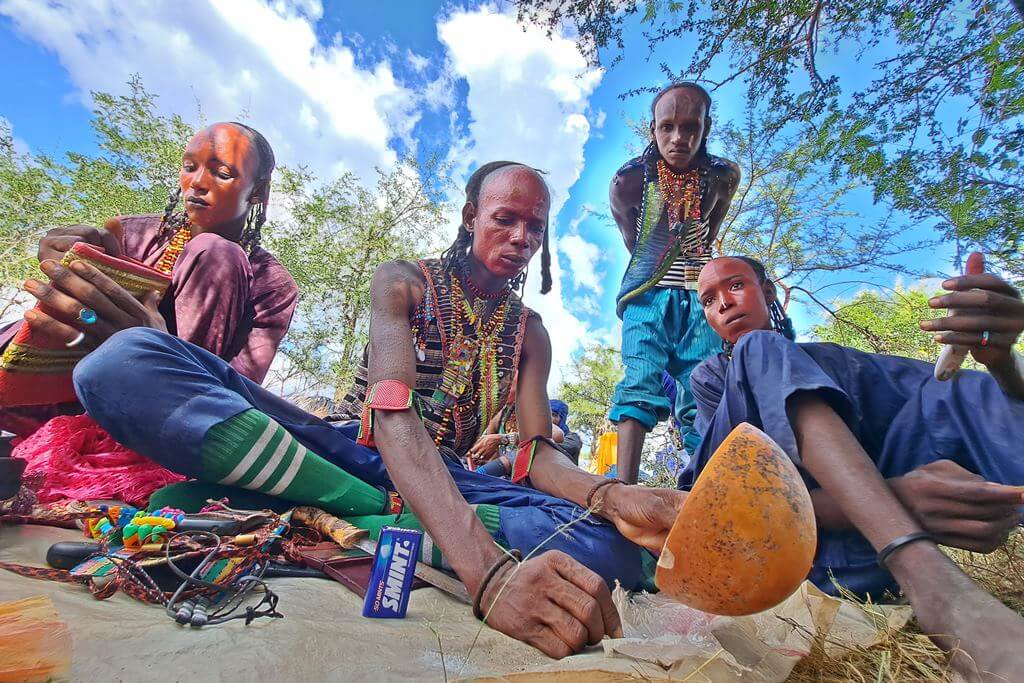
At dawn, men wake up to paint their faces with red ochre, draw white dots, and adorn themselves with jewelry. They also apply a shade of black or blue to their lips during preening sessions that can last for hours
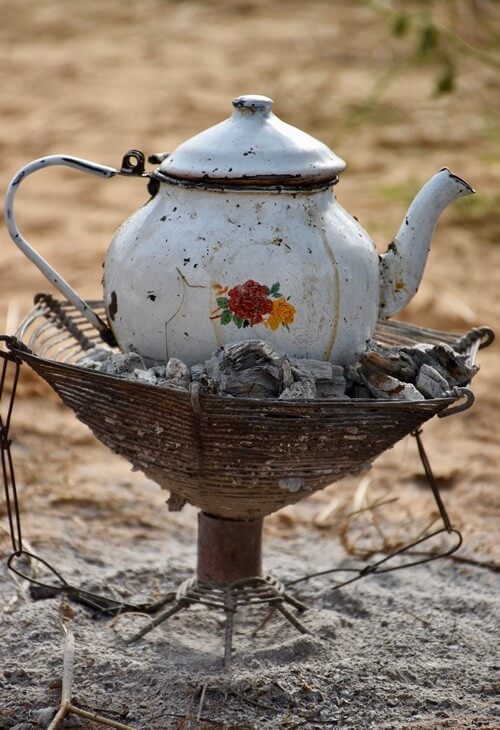
The Gerewol celebration also includes feasting, socializing, and camel racing, culminating in a final dance show. During this final performance, three ladies of marriageable age, who have closely observed the dances over the preceding days, choose their three victors.
This festival is a vibrant and captivating window into the rich cultural tapestry of Chad, showcasing traditions that have been passed down through generations.

